
Graffiti can be a beautiful form of art. With its gorgeous colors and outrageous designs, graffiti offers a world of possibilities when it comes to expression. Furthermore, companies have used it for decades to creatively promote their brand.
That being said, typical graffiti can be destructive if you’re not careful. The emission of fumes into the atmosphere can cause more problems than you’d think. The environmental and general health effects of methanol may be enough to turn some advertisers (and customers) off.
What if there was a way to use graffiti artist skills for good instead of bad? If you’re looking to try something different for your outdoor advertising campaigns, look no further than reverse graffiti.
The basics of reverse graffiti
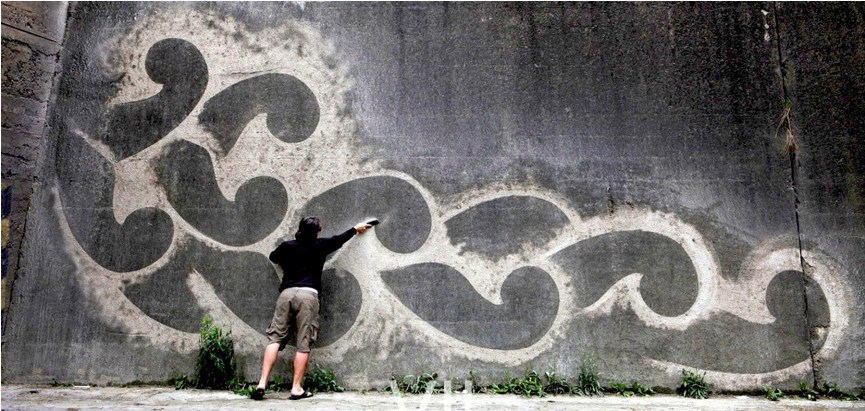
So, what exactly is Reverse Graffiti? The process refers to a form of street art. It involves cleaning specific areas of a dirty surface, creating art through the contrast of polished areas and grime.
Think of the times you were a small child on a rainy day. Oftentimes, you’d draw or write your initials on a window. Condensation allowed us to etch out clear, beautiful images. Unbeknownst to our child selves, this could be seen as a form of reverse graffiti.
You’ll often see people describe it as clean tagging, grime writing, or green graffiti. Though no matter what you name it, reverse graffiti has become one of the newest forms of outdoor advertising.
Although its true origins are unknown, several artists are revered for jumpstarting the popularity of reverse graffiti. In 2006, Brazilian artist Alexandre Orion decided to create the first recorded large-scale clean tag. He made his stances on pollution known by etching skulls into the soot-invested walls of Sao Paulo’s road tunnels.
Another honorable mention is Paul Curtis, better known as ‘Moose.’ He is credited with the first known use of reverse graffiti in the UK. The idea came to him as a teenager. He worked at a smoke-friendly diner in which he became fascinated with the intricacies of cleaning.
These two artists, whether intentionally or not, paved the way for marketers to deliver a fun, alternative eco-friendly advertising medium.
[in_content_ads gallery=”logos” logo=”on” title=”Need graphic design help?” subtitle=”Try Penji’s Unlimited Graphic Design and get all your branding, digital, print, and UXUI designs done in one place.” btntext=”Learn More” btnlink=”https://penji.co”]
How is reverse grafitti done?
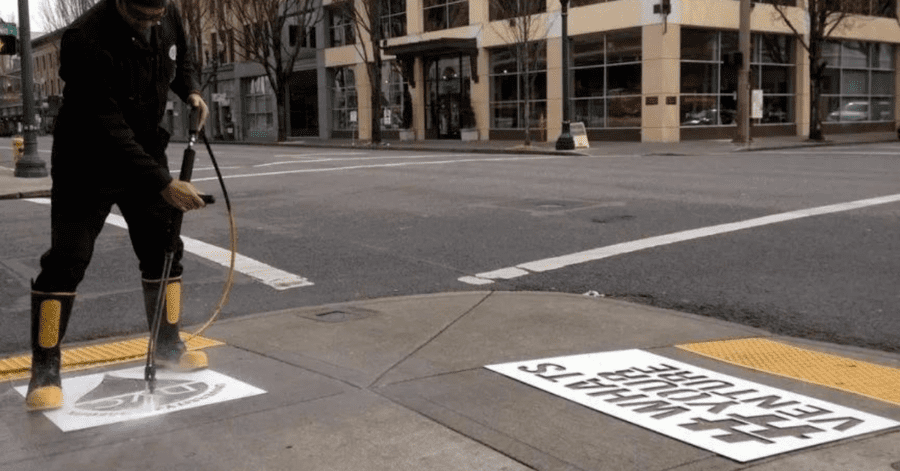
For commercial uses, advertising agencies had to come up with an easy, efficient way to get their reverse graffiti on the streets. Independent artists are known to use shoe brushes, rags, buckets, and a whole lot of manual labor.
Agencies, on the other hand, will use plastic or metal-crafted stencils. The workers will place these stencils onto dirty surfaces, before using a machine to wash the exposed area. Once lifted, the stencil should reveal a nicely crafted advertisement.
Why use reverse graffiti for marketing?
Reverse graffiti may be a lesser-known advertising strategy, but it still has its many strong suits. Its two main benefits are placement and the competing media.
Highly targeted placement
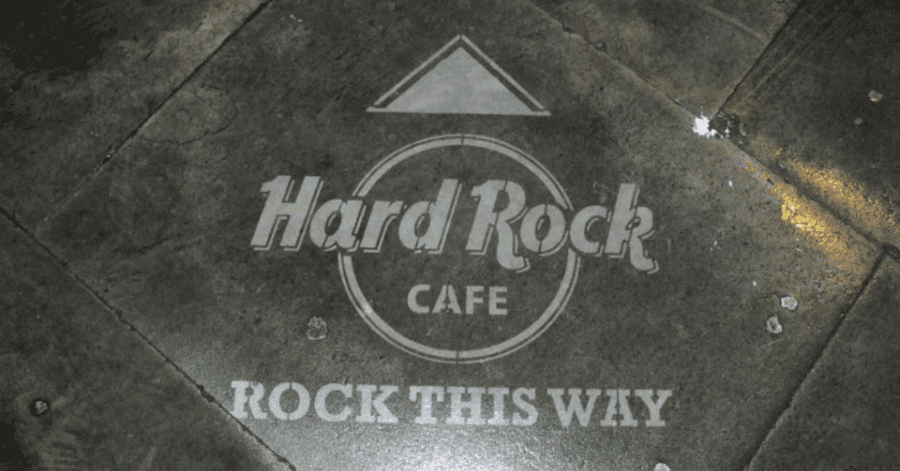
Due to its variety of sizes, reverse graffiti can squeeze onto any dirty surface. This means that your promotional art can fit pavements, concrete walls, driveways, parks, and so much more. Wanna target foodies? Place your ad on a sidewalk near restaurants. Wanna target young adults? See if you can place your ad on or outside the campus.
With reverse graffiti, location has fewer limits.
Lack of Competition
Reverse graffiti is a new and exciting method of advertising. A method that, unfortunately, hasn’t been utilized by many companies as of 2022. If you have the desire to promote a business or brand, this is the way to do it without worrying about competition.
Think of it this way: there are around 340,000 outdoor displays in the United States, most of which are billboards. Furthermore, mobile billboards, taxi ads, and transit ads are very mainstream. We walk by hundreds of outdoor advertisements from various companies without batting an eye.
Reverse graffiti, however, will likely captivate a viewer by its mere presence. Your company’s logo or name crafted onto pavement will be the only thing on their mind.
Here’s another benefit: The price range
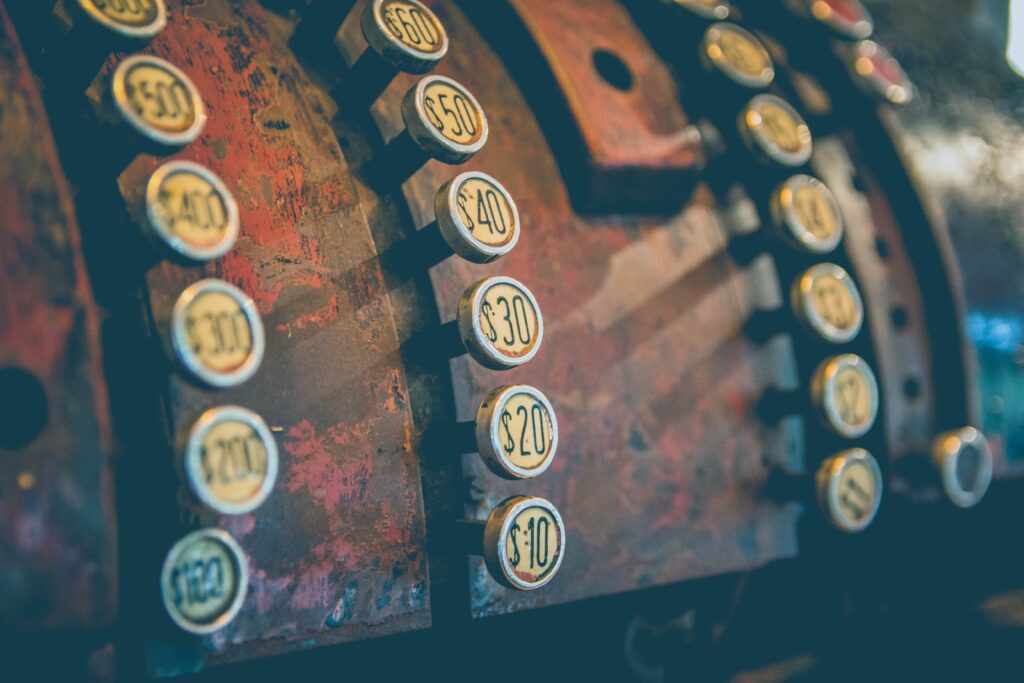
As you can probably guess, reverse graffiti is much cheaper than other forms of OOH (out-of-home) advertising. If renting a heavily-priced billboard scares you, then perhaps some street stencils will do.
Just one of these stencils will cost you around $64. Getting 25 of these around the city would be about the same price as renting one billboard for a month. If you ask me, that’s a huge save.
Environmentalism
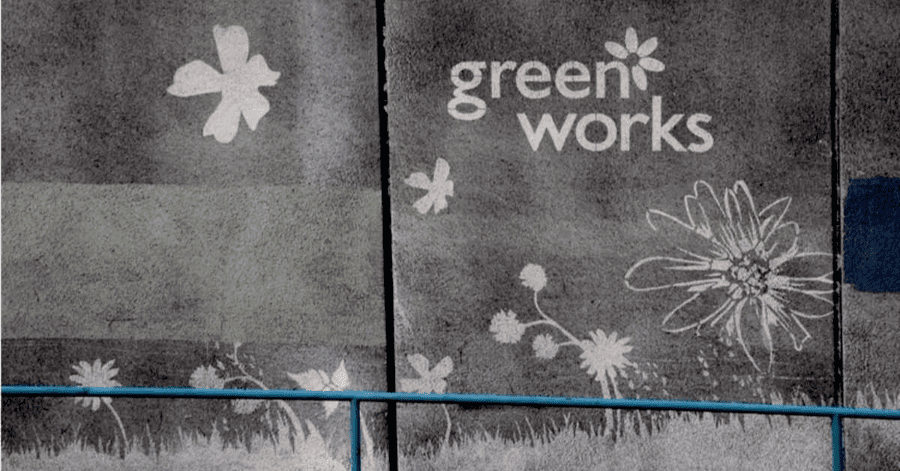
While some may roll their eyes at this advantage, it’s a legitimate feature of the reverse graffiti ad. There’s no chance you haven’t heard it on the news. Climate change is on the rise, and people are looking at corporations to be more environmentally cautious.
With reverse graffiti, there is no paint and no chemicals. It’s just water and dirt (maybe some soap too).
In truth, environmentalism is trending. If you can appeal to the demographics that care for it, then your brand will be all the more successful.
Downsides and Restrictions
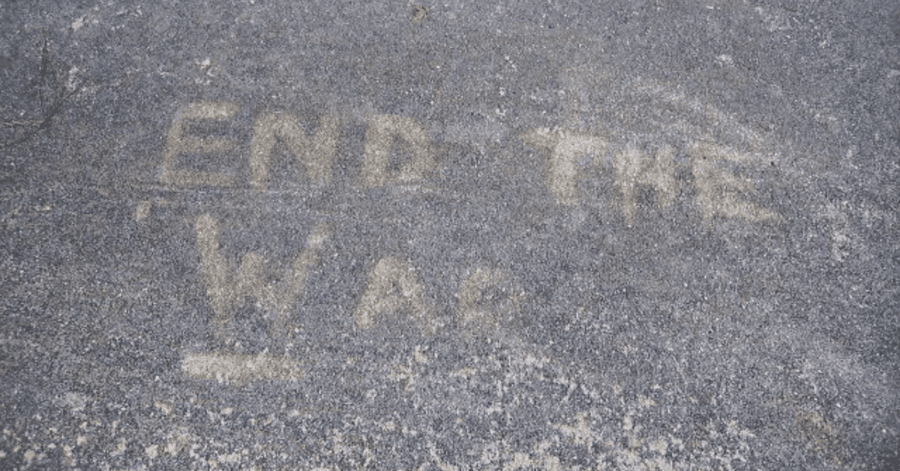
Unfortunately, nothing comes without its challenges.
Despite its plethora of location options, reverse graffiti has one important restriction: dirt. By its very definition, you cannot create reverse graffiti on clear surfaces. Furthermore, these surfaces must be paved. It simply doesn’t work well on tarmac or block paving.
You should also consider property access. Reverse graffiti can be added to public property with no problem. When it comes to private property, you’ll need a permit.
The final thing to think about is time. Your reverse graffiti ads will last up to 7-10 days, before beginning to wear off. Added dirt footfall is the main culprit of this. Though weather and city, cleanups will also affect the ad’s duration.
Try placing your ad in smart locations. This way, your reverse graffiti will last longer, while bypassing any legal issues. Many of these ads are placed slightly offset and closer to the road. These areas are dirtier and have less contact with people.
Create A Successful Reverse Graffiti Campaign

If you want to make the most out of your reverse graffiti ad, then you’ve come to the right place. Here are some key tips to create a successful campaign:
- All advertisements start with a brainstorming phase. You want to determine the size and imagery of your art. Do you want your business logo to be the main selling point or the company name? Does your business have a mascot that you’d like to incorporate?
- As always, hire professional designers , or get professional opinions. In the design process, they’ll make sure that everything looks neat and carefully crafted.
- The location of your artwork should depend on target demographics and potential duration.
- Determine how many stencils you want to produce for this campaign. 25 is recommended for maximum coverage at a reasonable price.
- Find a company that creates stencils and places graffiti art in your target location.
Reverse graffiti may be a rather new marketing strategy. But it has been proven to work in its own creative way.














